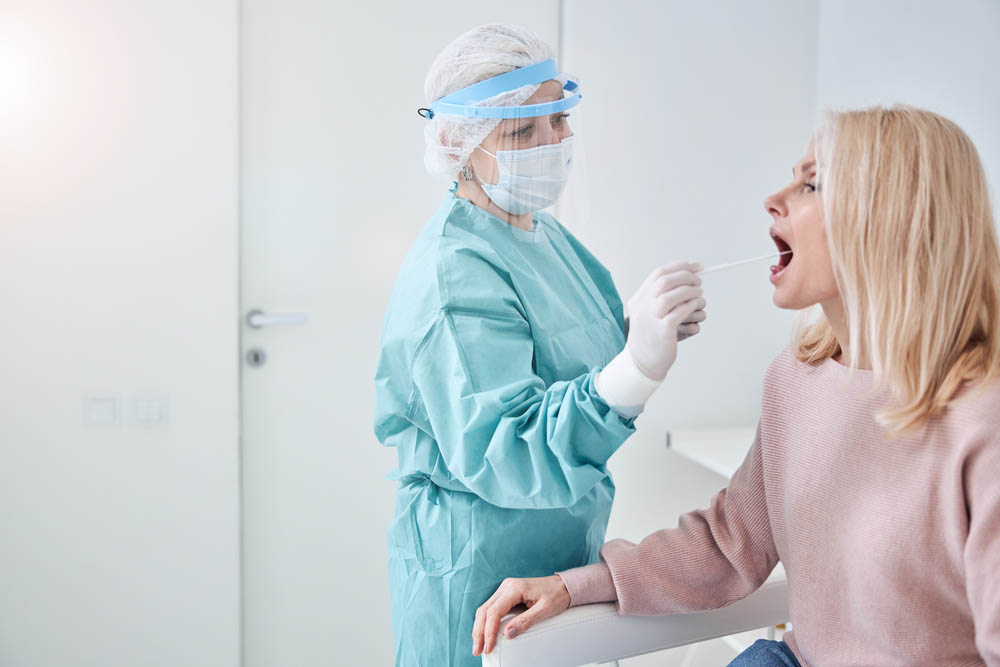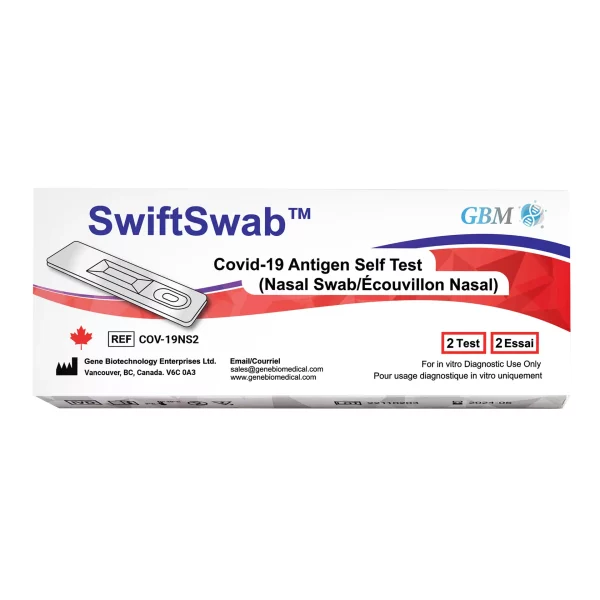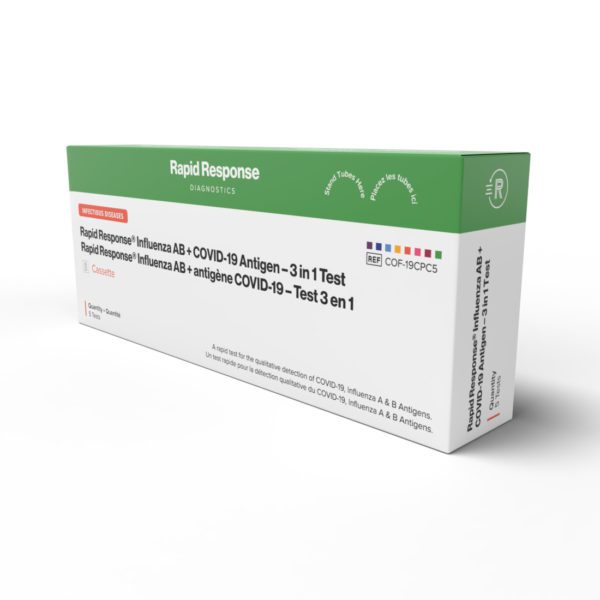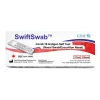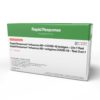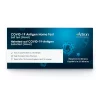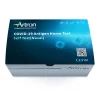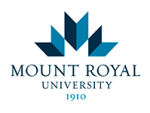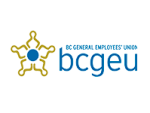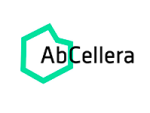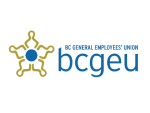Polymerase chain reaction (PCR) has revolutionized the field of molecular biology and diagnostics since its development in 1983. Today, t’s famous for being a testing method to accurately diagnose COVID-19.
In this article, we will explore the intricacies of PCR, its benefits, limitations and the remarkable impact it has had on the field of molecular diagnostics.
What is PCR?
PCR is a molecular biology technique developed by American biochemist Dr. Kary Mullis in 1983 that allows for the quick and inexpensive copying of small segments of genetic material. This technique has revolutionized various fields, including:
- Medical research
- Diagnostics
- Forensics
- Biotechnology
The basics of PCR
PCR works by amplifying specific regions of DNA, which generates millions of copies from a small amount of genetic material, using:
- DNA primers
- DNA bases
- Enzymes
- Buffer solution
- Thermal cycling
When it comes to diagnosing infectious diseases like COVID-19, PCR detects small amounts of viral genetic material. It can also detect genetic mutations associated with diseases like cancer and HIV and identify pathogens like:
- Influenza
- Tuberculosis
- Ebola
- Hepatitis C
PCR is also used in DNA fingerprinting and identification in forensic investigations.
Why PCR is important
PCR is a crucial technique in biomedical research and diagnostics due to its ability to accurately amplify and detect specific genetic material. This high sensitivity and specificity make PCR tests reliable for diagnosing infectious diseases and controlling their spread.
How PCR works
The process starts with collecting a sample from the person undergoing the test, followed by heating to separate the DNA into single-stranded pieces.
Primers and DNA bases are then added to duplicate the DNA.
Primers are short DNA sequences that bind to the specific regions of the DNA that researchers want to amplify. On the other hand, DNA bases, also known as nucleotides, are the building blocks of DNA.
The thermal cycler machine then cycles through a series of temperature changes, allowing the DNA to be copied. The DNA primers bind to the single strands of DNA, and an enzyme called DNA polymerase adds complementary nucleotides to create new strands of DNA.
This process is repeated multiple times, resulting in the exponential amplification of the targeted DNA region.
PCR is a widely used technique because it allows researchers to generate millions of copies of a specific DNA sequence from a very small amount of starting material. This amplification enables the detection and analysis of genetic material that may be present in low quantities, such as cancer cells or infectious agents.
It’s a versatile tool that has greatly advanced our understanding of genetics and has significant implications for diagnosing and treating diseases.
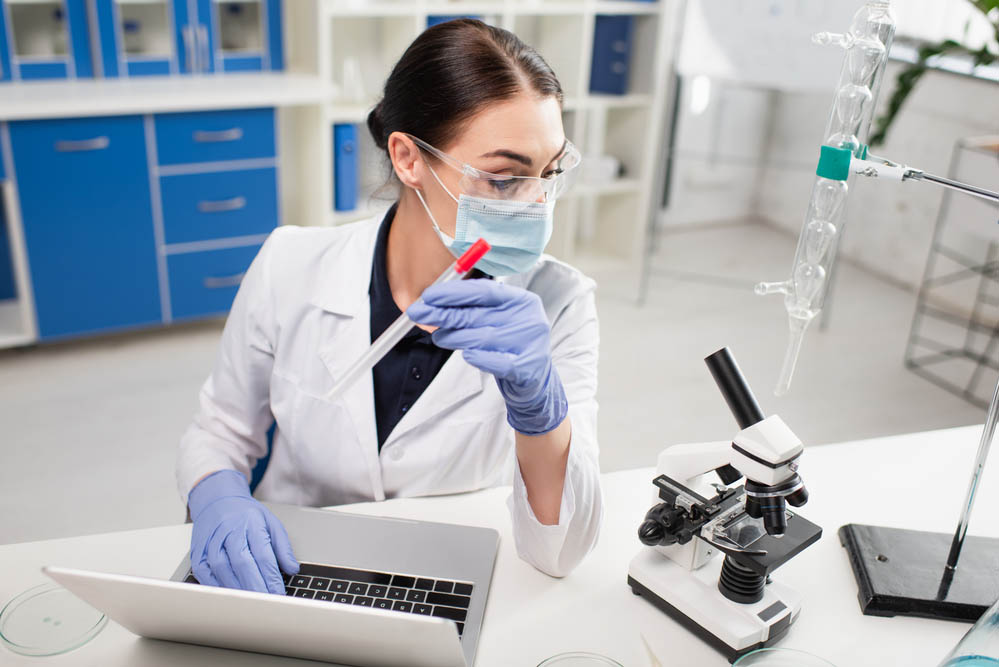
The benefits of PCR
One of the key benefits of PCR is its ability to amplify small segments of genetic material, which allows researchers and healthcare professionals to generate millions of copies from a small amount of DNA. This makes PCR a highly sensitive and reliable technique for detecting and identifying the following:
- Pathogens
- Cancer cells
- Genetic changes
PCR is also a quick and cost-effective method, making it widely accessible and applicable in various settings. PCR-based techniques, such as reverse transcription PCR (RT-PCR), allow for gene expression analysis, which provides valuable insights into disease mechanisms and therapeutic targets.
The limitations of PCR
One of the key drawbacks of the PCR technique is its susceptibility to contamination. As PCR involves amplifying and detecting specific regions of genetic material, even a small amount of contamination can lead to false results.
Contamination can occur at various stages of the PCR process, including during:
- Sample collection
- DNA extraction
- Reagent preparation
This poses a significant challenge, especially in diagnostic settings where accurate results are crucial for patient care.
To mitigate this limitation, laboratories must implement strict quality control measures including:
- Using separate areas for sample handling and PCR setup
- Regularly decontaminating the equipment and work surfaces
- Using disposable labware whenever possible
Including negative controls in each PCR run can also help to monitor for contamination and ensure the reliability of the results.
But despite all this, the risk of contamination cannot be completely eliminated. Healthcare professionals and researchers to be aware of this limitation and take appropriate measures to minimize the impact of contamination on PCR results.
Key takeaway
PCR is a quick and inexpensive tool in medical research and diagnostics due to its ability to quickly and efficiently amplify small segments of genetic material. It has revolutionized disease control by enabling the detection of cancer cells, genetic changes, infectious diseases and other pathogens.
Despite its limitations, PCR testing remains a highly sensitive and accurate method for understanding, diagnosing and treating a wide range of diseases.
